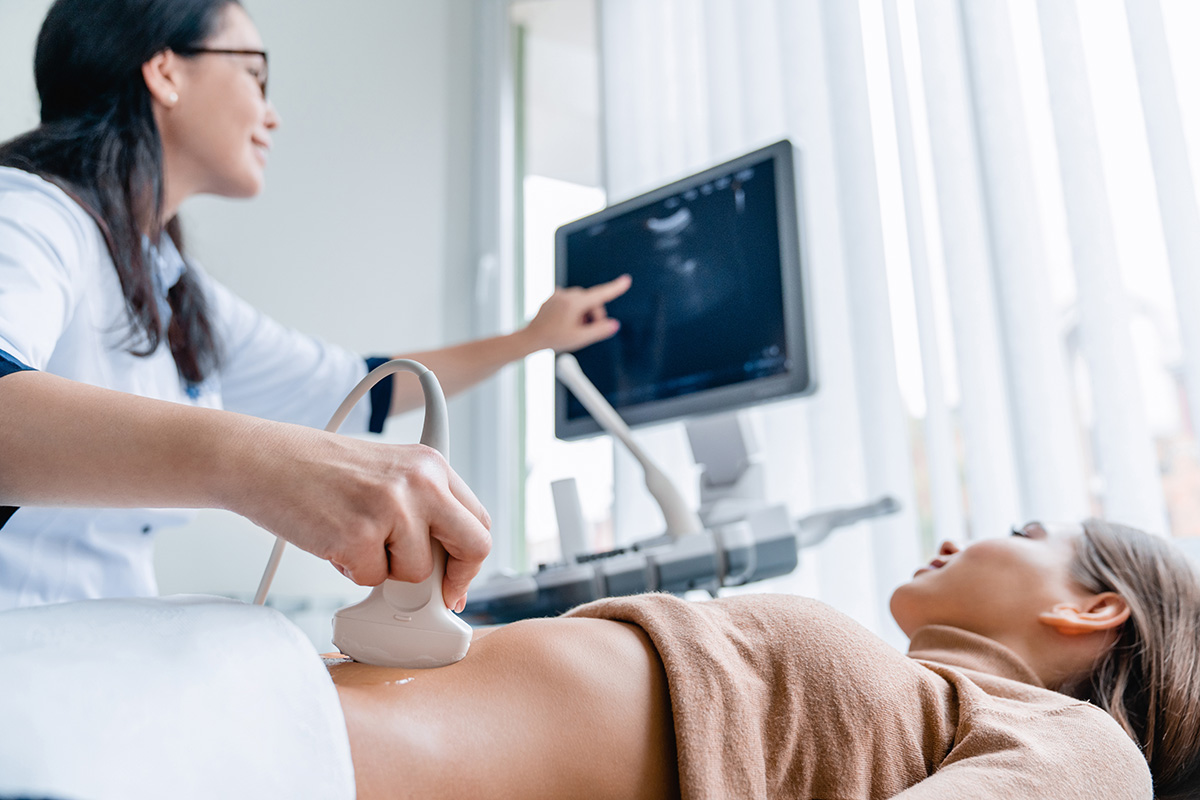5. Progesterone test
The progesterone test measures levels of progesterone, a hormone that plays a crucial role in preparing the uterus for pregnancy.
After ovulation, progesterone helps to transform the uterine lining, creating the right conditions for a fertilised egg to implant.
According to Dr Guimarães:
“Testing progesterone levels can confirm whether ovulation has occurred and assess the health of the luteal phase, the second half of the menstrual cycle.”
The luteal phase is the second half of the menstrual cycle, starting after ovulation and lasting until the next period begins. During this phase, the body prepares for a possible pregnancy.
Why is the progesterone test important?
- If progesterone rises too early, it can affect the endometrium and make it less receptive. When this happens, we may need to cancel the embryo transfer and freeze the embryos, then plan the transfer in a future cycle.
- It confirms ovulation by showing whether progesterone levels have risen after an egg is released.
- Low progesterone levels may indicate ovulation issues or a short luteal phase, which can make implantation more difficult.
- It can show if you have a luteal phase deficiency, which means the uterine lining is not developing well enough to support a pregnancy. In this case, we’ll need to add the right amount of progesterone to your cycle.
What to expect from a progesterone test?
- The test is done with a blood sample at a fertility clinic or lab.
- It is typically taken around day 21 of a 28-day cycle, when progesterone should be at its highest.
- Results help fertility specialists determine whether ovulation is happening and whether hormonal support may be needed.
- It can also be done in other parts of an IVF cycle or a frozen embryo transfer cycle, to allow doctors to confirm that there is no early rise of progesterone and that the levels of this hormone are appropriate for a given phase of the cycle.
